The world’s skies, forests, and wetlands are home to a dazzling variety of bird species — but sadly, many are teetering on the brink of extinction. Habitat loss, climate change, poaching, and invasive species have pushed countless avian species onto endangered lists. While some receive international attention, others remain lesser known but no less extraordinary. In this article, we’ll spotlight ten remarkable endangered birds whose survival stories remind us of the fragility and beauty of our natural world.
1. Kakapo (Strigops habroptilus)
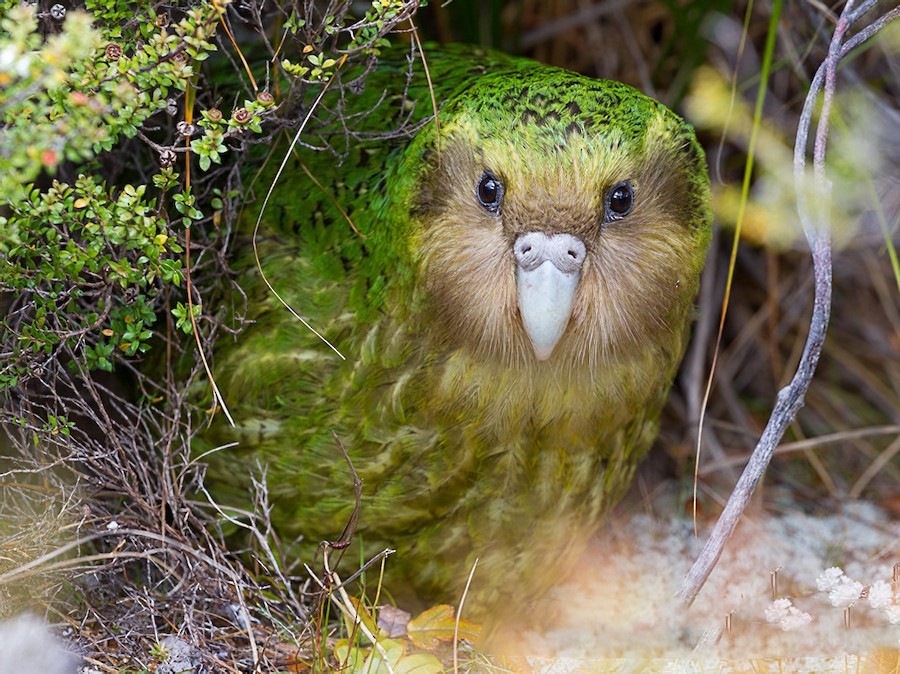
Also known as the owl parrot, the Kakapo is a flightless, nocturnal bird native to New Zealand. Weighing up to 4 kilograms (9 pounds), it’s the heaviest parrot in the world. Once widespread, habitat destruction and introduced predators like cats and rats decimated their numbers. By the 1990s, only around 50 individuals remained. Thanks to intensive conservation efforts, including a dedicated breeding program and predator-free sanctuaries, the Kakapo population has risen to just over 250 today — but it remains critically endangered.
2. California Condor (Gymnogyps californianus)
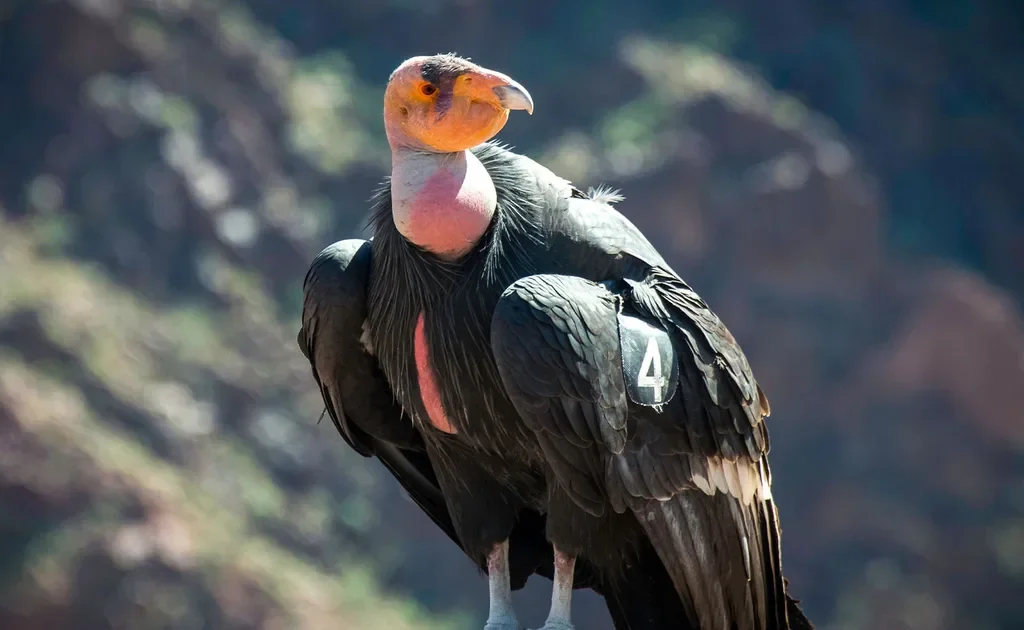
North America’s largest flying bird, the California Condor, boasts a wingspan of up to 3 meters (9.8 feet). By the 1980s, habitat loss, poaching, and lead poisoning from ammunition had reduced their wild population to a mere 27 individuals. In a last-ditch effort, all surviving condors were captured for a breeding program. Thankfully, gradual reintroductions have increased their numbers, though fewer than 600 condors exist today, many still in captivity. They now soar once again over parts of California, Arizona, and Utah.
3. Philippine Eagle (Pithecophaga jefferyi)
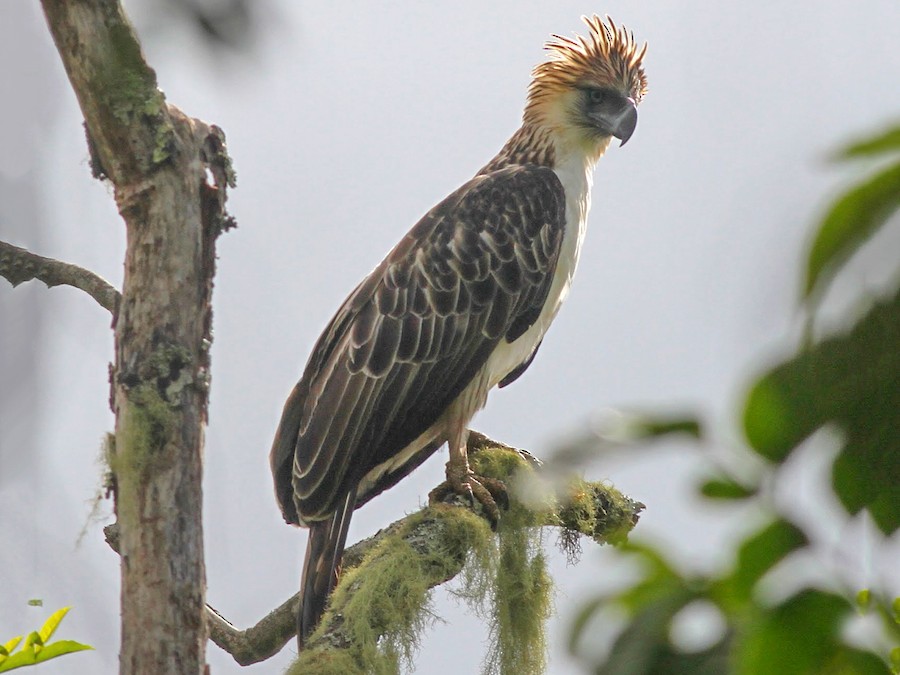
Known as the Monkey-Eating Eagle, this magnificent bird of prey is endemic to the Philippines’ dense rainforests. It’s one of the largest and rarest eagles in the world, with a wingspan of up to 7 feet (2.1 meters). Habitat loss from logging and hunting has driven it to critical endangerment, with an estimated fewer than 400 individuals remaining in the wild. As the Philippines’ national bird, it symbolizes both the country’s rich biodiversity and the urgent need for conservation.
4. Northern Bald Ibis (Geronticus eremita)

Once widespread across Europe, the Middle East, and North Africa, the Northern Bald Ibis nearly vanished due to habitat destruction and hunting. With its bald head, long red beak, and glossy black feathers, it’s an instantly recognizable bird. Today, small populations survive in Morocco and Syria, with intense conservation programs working to reintroduce them into former ranges in Europe. Its global population stands at around 1,000 wild individuals, making it one of the rarest wading birds in the world.
5. Spoon-billed Sandpiper (Calidris pygmaea)

Tiny yet extraordinary, the Spoon-billed Sandpiper is known for its distinctive spoon-shaped bill. Breeding in the Russian Arctic and wintering in Southeast Asia, this migratory shorebird faces severe threats from habitat loss and hunting along its flyways. With a global population estimated at fewer than 700 individuals, conservationists race to save its dwindling wetlands and protect it from human interference. Captive breeding programs and habitat restoration projects offer hope for this remarkable species’ future survival.
6. Forest Owlet (Heteroglaux blewitti)

Long considered extinct, the Forest Owlet was rediscovered in India in 1997 after going unseen for over 100 years. This small, stocky owl inhabits dry deciduous forests in central India. Habitat destruction due to logging and agriculture remains its primary threat. Fewer than 250 mature individuals are believed to exist today. Conservation organizations and local communities are collaborating to protect its remaining forest habitats and better understand this elusive bird’s biology and behavior.
7. Yellow-eyed Penguin (Megadyptes antipodes)
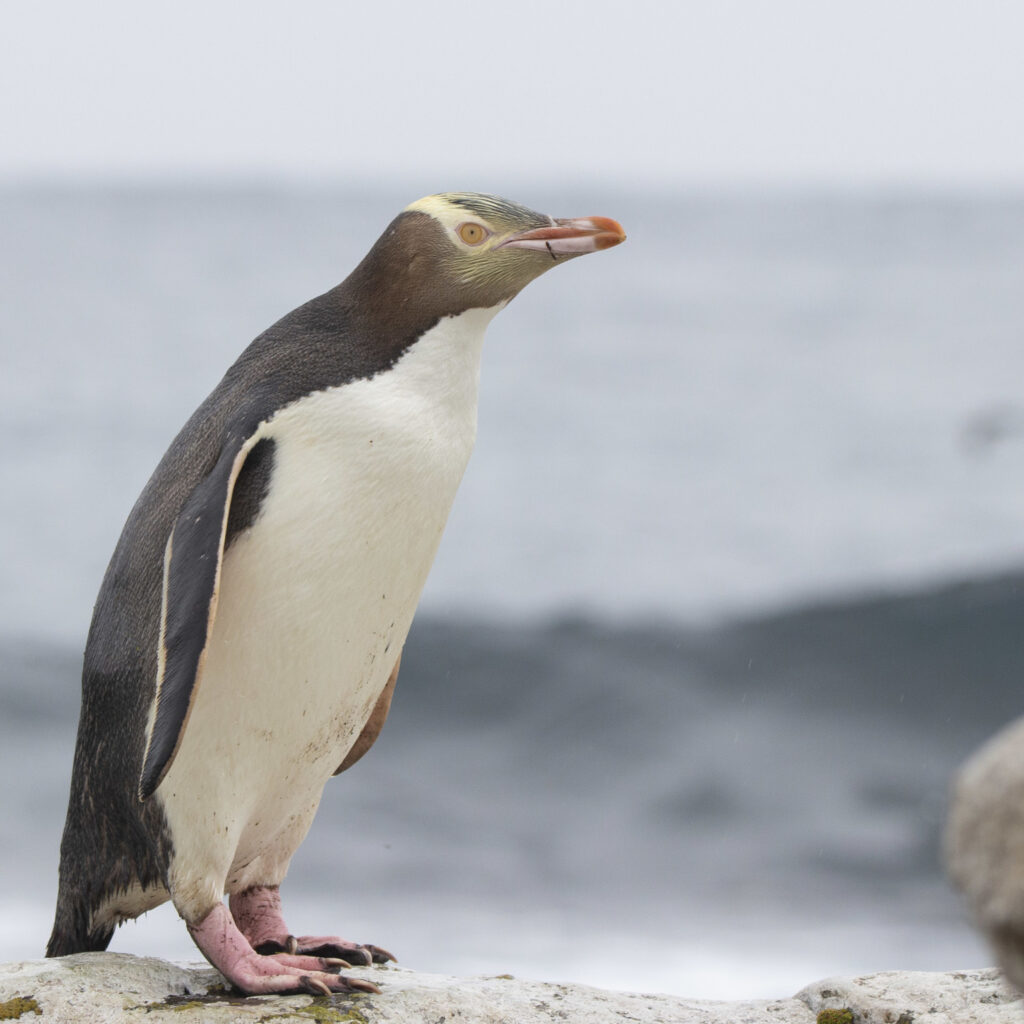
Found only in New Zealand, the Yellow-eyed Penguin is one of the rarest and most endangered penguin species in the world. Named for its striking pale-yellow eyes and yellow head band, this penguin nests in coastal forests and scrublands. Introduced predators like stoats, habitat loss, and disease outbreaks have driven their numbers dangerously low. Fewer than 3,000 individuals survive today. Intensive predator control and habitat protection efforts aim to stabilize and rebuild their fragile population.
8. Imperial Amazon (Amazona imperialis)
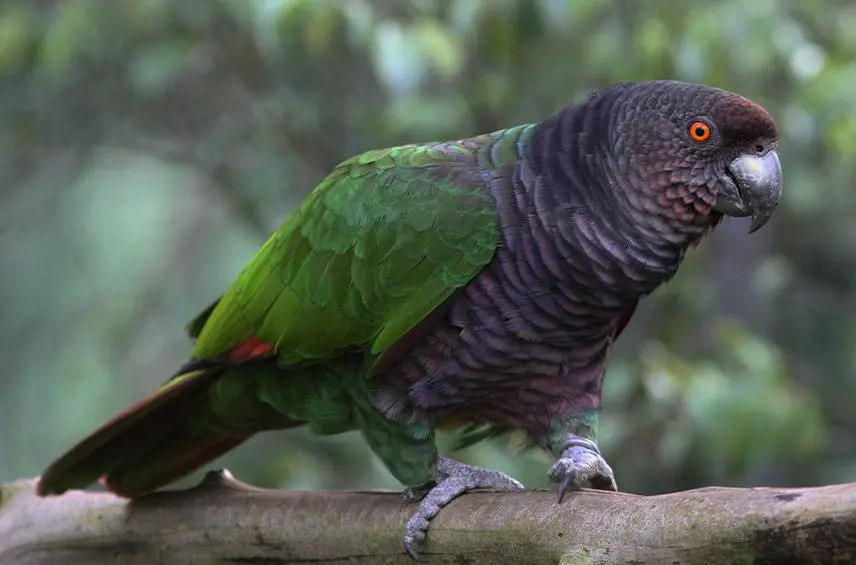
Known locally as the Sisserou, the Imperial Amazon is Dominica’s national bird and emblem. This stunning parrot, with its emerald green plumage and rich violet neck feathers, lives in the island’s mountainous rainforests. Hurricanes, habitat destruction, and illegal pet trade have pushed it to critical endangerment, with an estimated population of less than 50 wild individuals. Conservation breeding and habitat restoration programs are underway to protect this vibrant symbol of the Caribbean.
9. Red-crowned Crane (Grus japonensis)

A symbol of longevity and luck in East Asian culture, the Red-crowned Crane is one of the world’s most elegant and endangered cranes. Native to East Asia, it faces threats from wetland degradation and industrial development. Known for its striking red cap and graceful courtship dances, this majestic bird numbers fewer than 3,000 individuals in the wild. Protected breeding sanctuaries in Japan, China, and Russia have helped stabilize some populations, but the species remains at risk.
10. Great Indian Bustard (Ardeotis nigriceps)
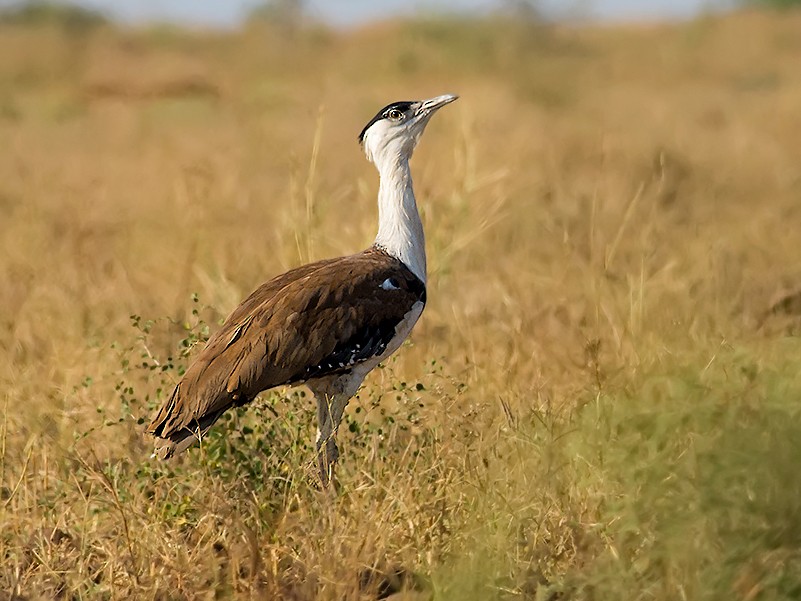
One of the heaviest flying birds, the Great Indian Bustard stands nearly 4 feet tall and weighs up to 15 kilograms (33 pounds). Once found throughout the Indian subcontinent’s grasslands, habitat loss and hunting have left fewer than 150 individuals in the wild. It faces critical threats from land conversion for agriculture, power lines, and poaching. Conservation breeding centers and protected reserves in Rajasthan and Gujarat offer a last hope for this iconic and increasingly rare bird.
Conclusion
From the resilient Kakapo of New Zealand to the imperiled Great Indian Bustard, these ten birds remind us of the urgent need to protect Earth’s precious biodiversity. Each species plays a vital role in its ecosystem, and losing them would mean erasing centuries of evolutionary history. Supporting habitat conservation, anti-poaching initiatives, and sustainable practices can help ensure that future generations still hear the call of these extraordinary birds in the wild.

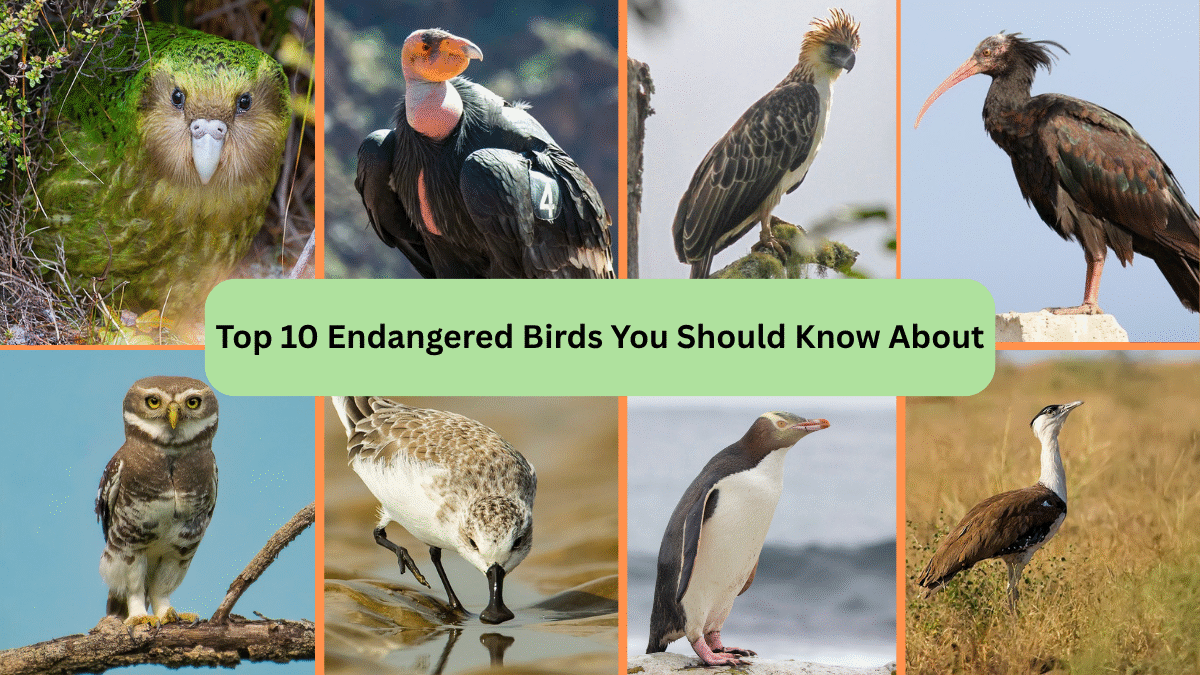



Leave A Comment